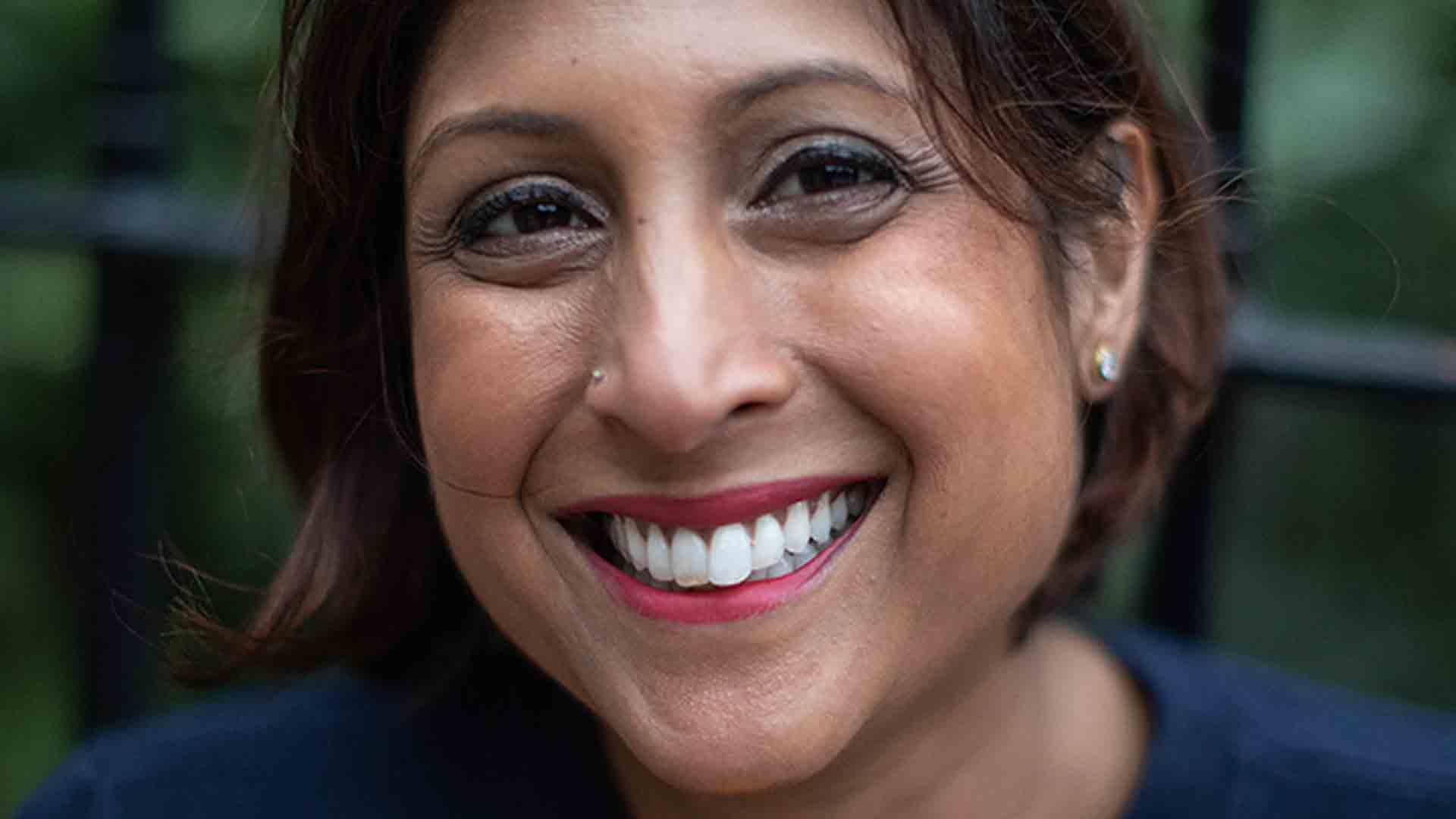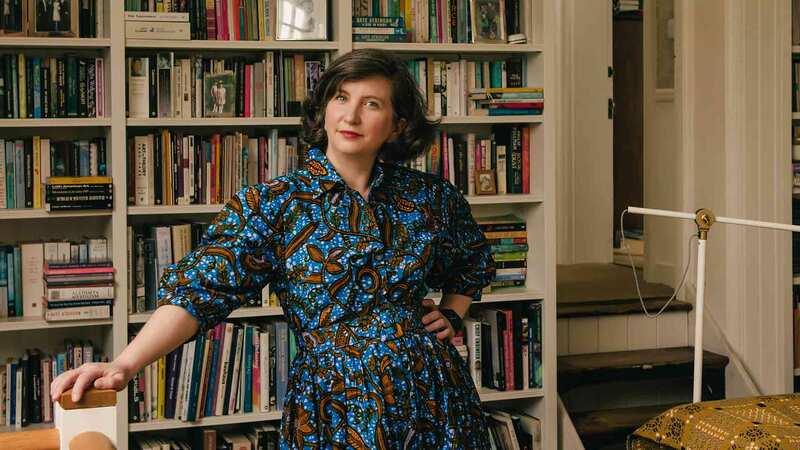Romance looks to capitalise as sector enjoys heights not seen since Fifty Shades
Publishing staffers working across the romance and saga genres share their views as to why the field is enjoying such a renaissance, as well as whether the current boom can be maintained.
Consumer yearning for feel-good stories during the pandemic, evolving strands in the genre and more than a bit of help from Netflix and BookTok has seen the romance sector surging to heights it has not hit since the Fifty Shades-led boom of a decade ago. And, publishers say, it is a growth spike that is sustainable.
Last year, £29.1m was sold through Nielsen BookScan’s Romance & Sagas category, which was missing 10 weeks of lockdown data. Only the Fifty Shades year of 2012 was better—and by some margin, on £68.3m—but if you strip out E L James’ sales from the category in that year, the pandemic-truncated 2021 outsold every other year on record, £2m clear of the full year in 2003 (the pre-James zenith) and at least £4.1m better than any 12-month period of the past decade. This underplays romance’s reach, and not just because it doesn’t include romance’s robust digital sales: it also excludes many commercial women’s fiction authors—Jojo Moyes, Sophie Kinsella, Rosie Walsh and Marian Keyes, to name but a few—who could easily slot into Romance & Sagas, though their publishers code their titles for BookScan’s General & Literary Fiction category.
“Romance has had a good pandemic,” says Hera Books publishing director Keshini Naidoo. Previously at Avon and Bookouture, Naidoo co-founded the indie commercial fiction press in 2018; it was acquired by Canelo late last year. She adds: “A few years ago, when publishers were talking about the ‘up-lit’ trend like it was something new, I think a lot of romance authors were saying, ‘Ahem, you want a happy ending in your book, look over here.’ That is one of the reasons the romance market has been so robust recently, people turned to stories that were going to have bumps along the way but which will have that happy ending, and that made readers feel comforted at the end.”
But along with those happy endings, Naidoo also sees a development of the genre: “What’s really interesting in romance is that you have so many avenues opening up. Yes, there are the traditional stories—city girl moves to a small village and eventually falls for the grumpy but hot farmer—but there’s also a place for people such as Mhairi McFarlane, whose last few books have covered things like grief, loss of a friendship and coercive control. That’s like Jane Austen using romance as a framework to reflect on contemporary society.” (McFarlane discusses her oeuvre and addressing such topics here).
Bookouture associate publisher Christina Demosthenous pictured above seconds Naidoo’s point: “People are looking for escapism more than ever, a page-turner that is going to leave a smile on the face—but the stories have to have real depth. Not that we are getting away from the tropes of the genre. In fact, the tropes are essential as readers want them, but they now need to be done in new ways, with fresh perspectives. I always say the key things that you want are a relatable heroine, either someone that you want to be or someone that you want to be your best mate. The heroes always have to be sexy, swoon-worthy and irresistible in some way. And it helps if it has a high-concept hook—the ‘hookier’ the better.”
Kimberley Young pictured above, executive publisher at McFarlane’s house HarperFiction, suggests that current trend is an extension of what has always been present. “A lot of people have seen romance as bows and glitter because that’s how it was packaged,” she says. “But it is really about women’s lives and with love there is also the loss. You can’t have absolute joy. If you look at Jojo Moyes or Cecelia Ahern, or some of those other genre-defining books, then there has always been some darkness at the heart of romance.”
Switching channel
Changing reading habits in the pandemic coincided with some other category boosters. First there is Netflix and other streaming services’ adaptation of romance titles, most famously with “Bridgerton”, but there have been a raft of other hits, including “Sweet Magnolias”, “Virgin River” and “To All the Boys”. Secondly, the gift that keeps giving to the industry: TikTok. Romance and romance-adjacent genres have benefitted greatly from the social media platform, led by Colleen Hoover’s It Ends with Us, the deep(ish) backlist which was by far 2021’s top-seller in Romance & Sagas.
Quercus Fiction publisher Cassie Browne publishes the recent breakout star of the high-concept hook, Beth O’Leary, whose books have been embraced by BookTokkers. Browne says: “What’s lovely about the phenomenon around TikTok is that it’s really an organic and genuine passion for the books, which you can’t manufacture. It’s genuine readers’ passion and that’s what makes it so powerful and so wonderful. I also think it’s exciting how these TikTok creators are exploring, bringing new readers to these backlists and core list.”
The platform’s reach is not limited to backlist, but in certain sub-genres that are eminently Tiktok-able. In April, Hera is publishing The Grooms Wore White, an LGBTQ+ romance centred around wedding planners Jason and Harriet. Naidoo says: “That is the kind of book I reckon will do well on TikTok. If I have a saga set in the First World War, that probably won’t work [there]. I find TikTok really heartening, because a lot of these books are pushed by people in their early twenties. We are always talking about the crisis of kids not reading, that they have so many demands on their time, and I think it’s great that they are actually harnessing this new digital platform to share books. We couldn’t ask for more.”
“I think what’s changing is what’s important to readers and how they get information about books. When I worked at big publishing houses I used to get frustrated that literary fiction would get all the plaudits and would sell a tenth of what a quiet romance book would sell"—Hera Books publishing director Keshini Naidoo
We may never see a TikTokker extolling the virtues of, say, Rosie Goodwin’s bestselling 1870s workhouse-set An Orphan’s Journey, or many other saga titles. But Young points out that the sub-sector has always been set apart from a lot of the industry. She says: “The saga readership is very different in what they want, even from the rest of romance. But they are incredibly loyal. Once they find their author, it’s that writer-reader relationship that drives sales, not the usual ways you try to market and publicise books [being the driver].”
And when that relationship works, saga authors can shift an absolute ton. Dilly Court, for example, has lifetime sales of £14.6m through the Total Consumer Market, and in 2021 accounted for HarperCollins’ four top-selling Romance & Sagas titles through BookScan. But the fanbase was built over a long time, Young says. “[Court] didn’t have an overall number one until her 26th book. And demand really took off over lockdown, when we were selling between 120,000 and 130,000 copies in paperback... In the end, romance and saga go hand in hand in the way that crime and thriller do, but under that umbrella there is such a variety of writers, genres and readers.”
A little respect
So romance is at one of its strongest points in decades, but will the sector ever get to a point when media coverage and critical attention gives it the respect it is due? Publishers are hopeful, if not entirely convinced. Demosthenous says: “I do think attitudes [outside romance] are changing. One of the most persuasive arguments we have is that these books have such an impact on readers. At the end of the day, we want people to be reading, we want young people to be reading and future generations to be reading. And that’s what’s important.”
Naidoo says: “I think what’s changing is what’s important to readers and how they get information about books. When I worked at big publishing houses I used to get frustrated that literary fiction would get all the plaudits and would sell a tenth of what a quiet romance book would sell. I used to think, ‘Yeah, we’re the ones making the money so you can have your huge marketing budget.’ But the path to readers has changed so much that your book isn’t broken if you don’t get a review in the Observer; there are so many more avenues [to readers] now. There is still a bit of a stigma. If you are a Mills & Boon reader, you probably don’t display your book next to your coffee at the café as proudly as someone who shows off their Sally Rooney.”
Young says: “Well, I’ve never spoken to a The Bookseller journalist about romance before, so that’s a change.” Fair point. But she adds that the terminology itself—romance, chick lit, commercial women’s fiction—has always been problematic, and suggests the introduction of a sort of Booker for romance might be a good move: “The Pageturner Award at the Nibbies was a good start but maybe we need another that recognises writers who reach readers and touch their emotions. We talk a lot in the industry about making writing more accessible. Celebrating a genre that actually reaches so many would be really helpful to get some of that diversity we’re looking for.”

















